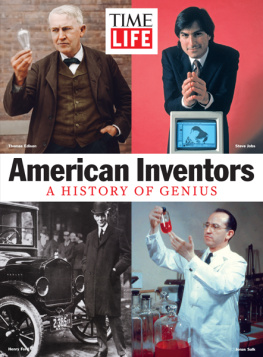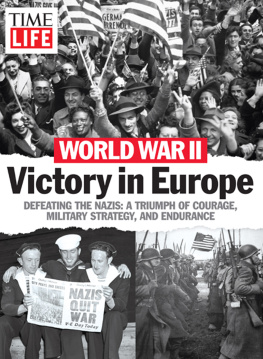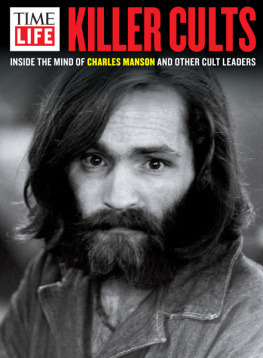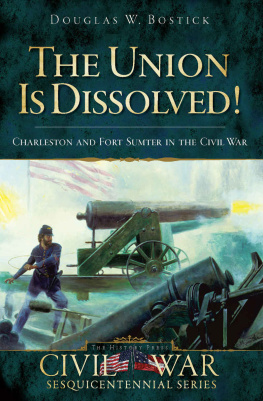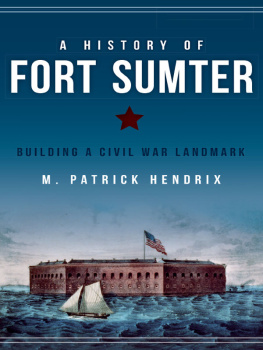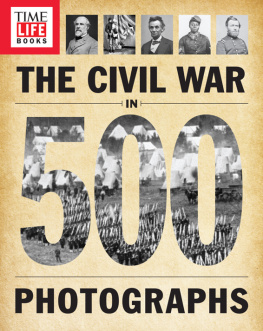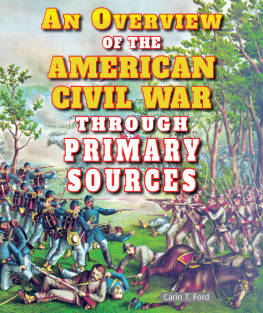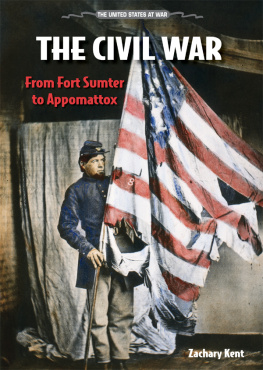CONTENTS
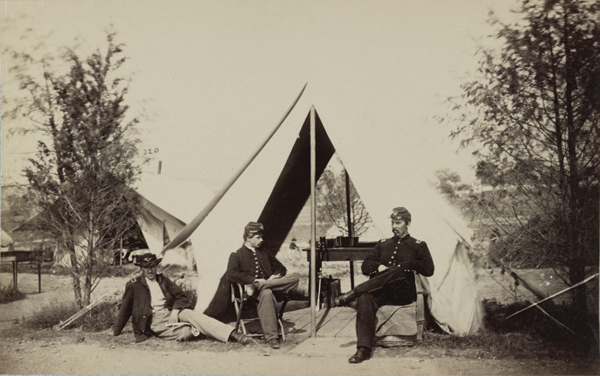
Officers of the 153rd New York Infantry

THE CIVIL WAR
ON THE FRONT LINES
FROM FORT SUMTER TO APPOMATTOX
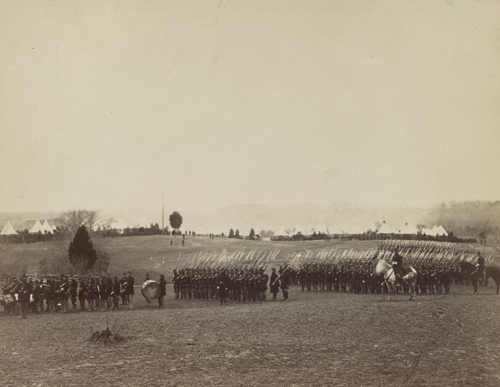
Camp of the 2nd Rhode Island Infantry

TIME INC. BOOKS
Publisher Margot Schupf
Associate Publisher Allison Devlin
Vice President, Finance Terri Lombardi
Vice President, Marketing Jeremy Biloon
Executive Director, Marketing Services Carol Pittard
Director, Brand Marketing Jean Kennedy
Finance Director Kevin Harrington
Sales Director Christi Crowley
Assistant General Counsel Andrew Goldberg
Assistant Director, Production Susan Chodakiewicz
Senior Manager, Category Marketing Bryan Christian
Brand Manager Katherine Barnet
Associate Prepress Manager Alex Voznesenskiy
Assistant Project Manager & Production Lauren Moriarty
Editorial Director Kostya Kennedy
Creative Director Gary Stewart
Director of Photography Christina Lieberman
Editorial Operations Director Jamie Roth Major
Senior Editor Alyssa Smith
Project Editor Eileen Daspin
Assistant Art Director Anne-Michelle Gallero
Copy Chief Rina Bander
Assistant Managing Editor Gina Scauzillo
Assistant Editor Courtney Mifsud
Special thanks: Brad Beatson, Nicole Fisher, Erin Hines, Kristina Jutzi, Seniqua Koger, Kate Roncinske
Copyright 2016 Time Inc. Books
Published by Time Inc. Books
225 Liberty Street
New York, NY 10281
All rights reserved. No part of this book may be reproduced in any form or by any electronic or mechanical means, including information storage and retrieval systems, without permission in writing from the publisher, except by a reviewer, who may quote brief passages in a review.
eISBN: 978-1-93382-146-7
We welcome your comments and suggestions about Time Inc. Books. Please write to us at:
Time Inc. Books
Attention: Book Editors
P.O. Box 62310
Tampa, FL 33662-2310
If you would like to order any of our hardcover Collectors Edition books, please call us at 800-327-6388, Monday through Friday, 7 a.m.9 p.m. Central Time.
Produced by becker&mayer! LLC
Writer Rod Gragg
SECTION I: A GROWING FISSURE
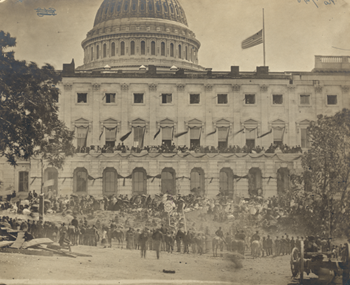
Spectators at the side of the Capitol, Washington, D.C., during the grand review of the Union Army in 1865
This country will be drenched in blood...
William T. Sherman, circa 1860
America in 1860: High Hopes and a Widening Divide
IN SPITE OF NATIONAL ECONOMIC GROWTH, THERE WERE CULTURAL AND POLITICAL DIFFERENCES SEPARATING THE NORTH AND SOUTH.
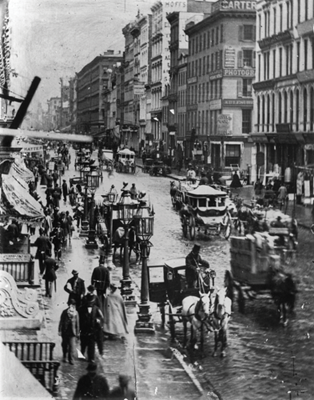
In 1860, New York was the most populous city in America. Broadway bustled with activity.
In 1860, the United States was a youthful, vibrant, and rapidly growing nation. Only 84 years had passed since the founding fathers crafted the Declaration of Independence, yet in that time, America had become a vast nation that sprawled across the entire continent. The population had swelled from less than 4 million to more than 31 million, thanks largely to immigration. Although increasing numbers of Americans were taking up urban trades, most were still farmers, especially in the South and the Western territories.
The economy enjoyed steady growth too, fueled by a parade of recent inventions including the sewing machine, the electric locomotive, the hydraulic turbine, the Bessemer steel process, and the Otis elevator. A golden age of shipbuilding enabled the United States to produce almost as much tonnage as Great Britain and all its colonies combined. Major cities such as New Yorkwhich boasted more than 800,000 residents in 1860emerged from an era where pigs wandered dirt streets to an era of horse-drawn streetcars, paved streets, and city waterworks systems.
In the single decade of the 1850s, the amount of railroad track in the United States increased from approximately 9,000 miles to more than 30,000. Americans were eyewitnesses to a nation on the move, if not participants in it.
And yet, a cultural and political chasm was widening across the country, and no one seemed able to heal it. Soon, that chasm would claim the lives of more than 620,000 Americans.
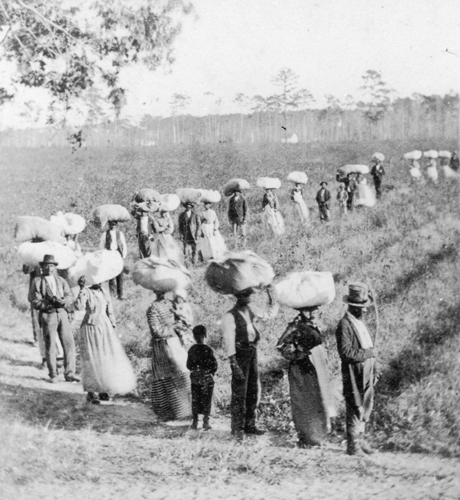
Demand for American cotton soared in 1860. Increasing exports to the Northern states and Britain boosted production and greatly increased the value of slaves on Southern cotton plantations.
UNITED STATES IN 1860
The U.S. government regulated the spread of slavery into Western Territories through a series of legislation shown here.
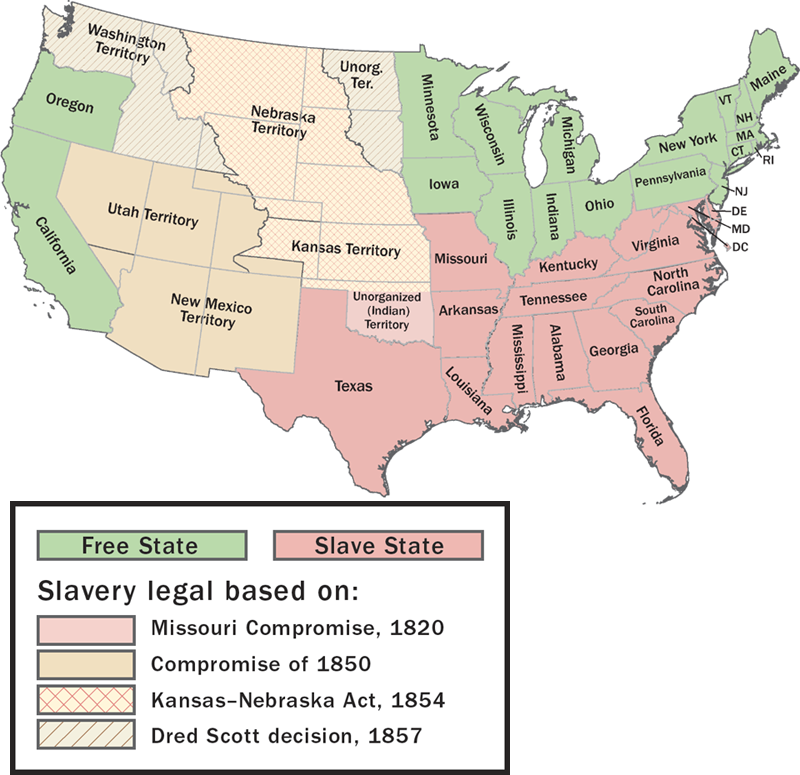
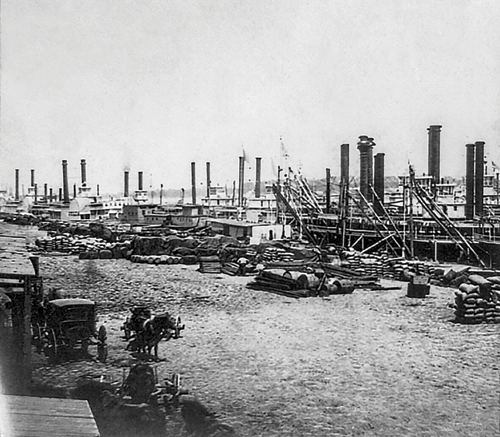
Steamboats lined the levee along the Mississippi River in St. Louis.
KEEPING COUNT
THE LARGEST AMERICAN CITIES IN 1860
The 1860 U.S. Census ranked these as the top ten cities in the United States, according to population. Seven were located in the North; Baltimore and St. Louis were in border states. Only New Orleans was in the South.
1. NEW YORK, NY
805,651
2. PHILADELPHIA, PA
562,529
3. BROOKLYN, NY
266,661
4. BALTIMORE, MD
212,418
5. BOSTON, MA
177,812
6. NEW ORLEANS, LA
168,675
7. CINCINNATI, OH
161,044
8. ST. LOUIS, MO
160,773
9. CHICAGO, IL
109,260
10. BUFFALO, NY
81,129
Two Nations in One: North vs. South
DISAGREEMENTS ON ISSUES LIKE IMPORT TARIFFS AND THE ROLE OF THE CENTRAL GOVERNMENT DROVE A DEEP WEDGE BETWEEN INDUSTRIAL AND AGRARIAN AREAS.
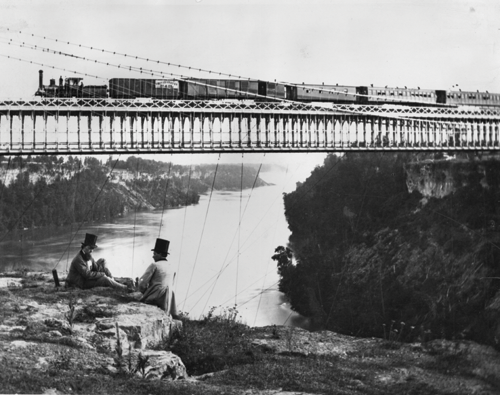
A steam train crosses the Railway Suspension Bridge over the Niagara River, New York.
Despite having much in common, Northerners and Southerners had drifted apart because of politics, but also because the regions had two distinctively different cultures. The South was an agricultural society, controlled by the owners of large plantations. Southerners, generally traditional and conservative, were suspicious of a large national government. They favored states rights and opposed taxation on imported goods. The South grew almost all of the nations cotton, produced a majority of the countrys military leaders, and had provided 9 of the first 15 American presidents.
The North, in contrast, was increasingly urban, progressive, and industrial. It held almost 90 percent of the nations manufacturing, most of its railroads, and two-thirds of its population. The regions political leaders generally favored tariffs on imports to protect Northern business and industry, championed government-supported projects, and advocated a strong national government.


